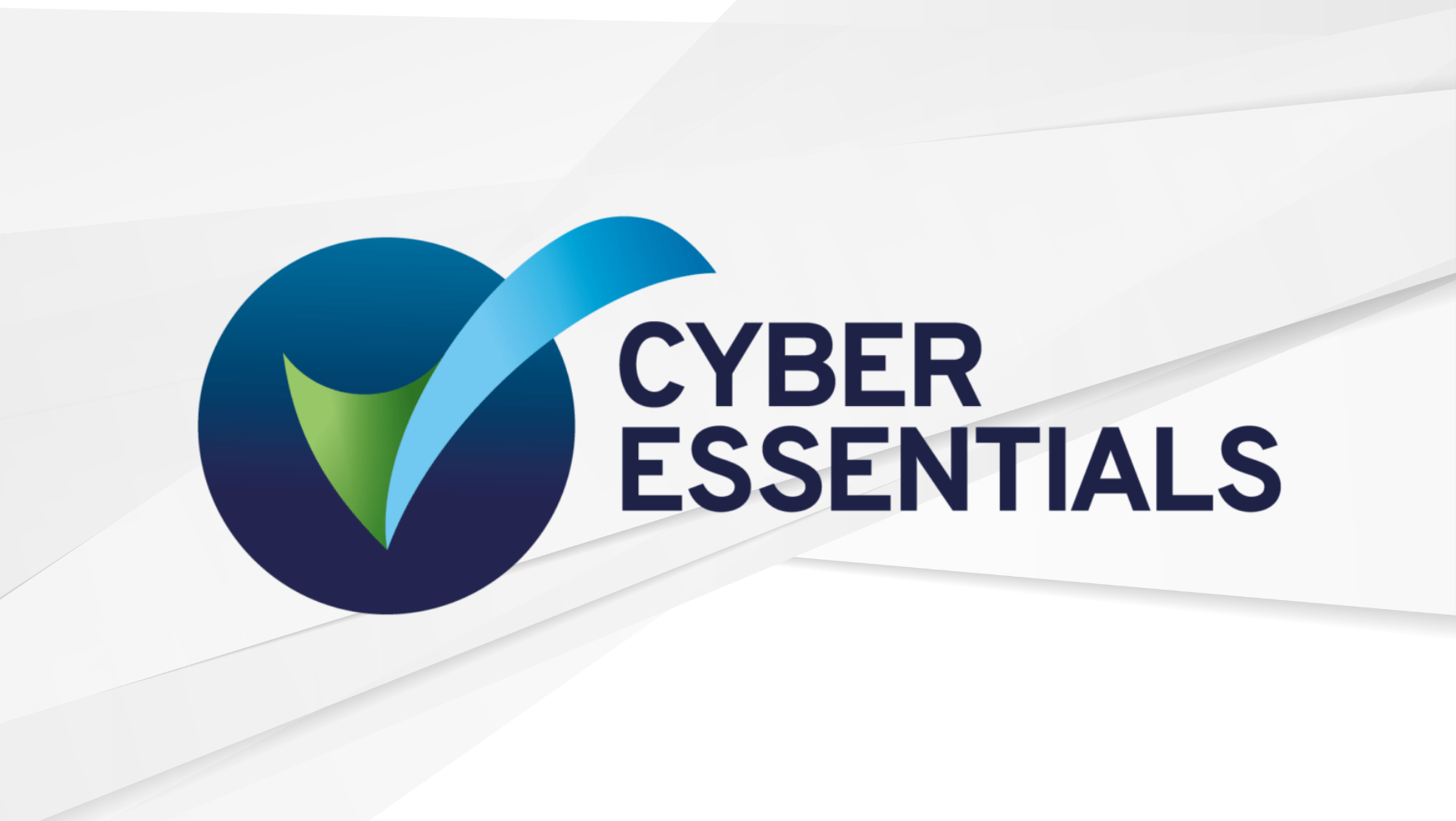In today’s digital landscape, cybercrime poses a significant threat to businesses of all sizes. While large corporations and government agencies often dominate headlines when it comes to cyberattacks, small businesses are disproportionately affected and face unique challenges in defending against these threats. In this blog post, we’ll explore why cybercrime hits small businesses the hardest and provide insights and strategies to help protect them.
The information for this blog was provided by Sophos. You can read the report here
Understanding the Vulnerability of Cyber Threats to Small Businesses
Small businesses, defined as organisations with fewer than 500 employees, make up the backbone of economies worldwide. Despite their importance, they often lack the resources and expertise to effectively defend against cyber threats. Factors such as a shortage of experienced security staff, underinvestment in cybersecurity, and limited IT budgets leave small businesses vulnerable to attacks.
According to the World Bank, small and medium-sized enterprises (SMEs) represent over 90% of businesses globally and contribute significantly to employment and economic activity. In the United Kingdom alone, SMEs account for over 40% of overall economic activity. Despite their economic significance, these businesses are prime targets for cybercriminals.
The Impact of Cyber Threats on Small Businesses
Cyberattacks can have devastating consequences for small businesses. Unlike large corporations with robust cybersecurity measures in place, SMEs often lack the resources to recover from attacks swiftly. The expense of recovery efforts, including data restoration, legal fees, and damage to reputation, can be crippling. In some cases, cyberattacks force small businesses to close their doors permanently.
Ransomware: A Major Threat to Small Businesses
Among the various cyber threats facing small businesses, ransomware remains one of the most pervasive and damaging. Ransomware attacks encrypt critical data and demand payment for its release, causing significant disruption and financial loss. Sophos’ X-Ops Incident Response service reported that over 75% of customer incident response cases in 2023 involved small businesses.
Other Threats Targeting Small Businesses
In addition to ransomware, small businesses face a range of other cyber threats, including:
Data Theft: Malware targeting small businesses often focus on stealing sensitive information such as passwords and credentials. Phishing attacks and malware can compromise data stored on cloud platforms and expose customers’ information
Web-based Malware Distribution: Attackers utilise techniques such as malvertising and malicious search engine optimisation to distribute malware. These tactics bypass traditional security measures and increase the likelihood of successful attacks
Unprotected Devices: Devices connected to a business’s network, including unmanaged computers and outdated systems, serve as entry points for cybercriminals. Properly securing these devices is crucial to preventing breaches
Abuse of Drivers: Attackers exploit vulnerable or malicious drivers to evade detection and disable security defences on managed systems. This tactic highlights the importance of keeping software and drivers up to date
Evolution of Email Attacks: Email attacks have become more sophisticated, moving beyond simple social engineering tactics. Attackers engage targets through email threads, making their lures more convincing and difficult to detect
Mobile Device Threats: With the rise of mobile usage, cybercriminals are increasingly targeting mobile device users, including small businesses. Social engineering scams and attacks on third-party services pose significant risks to mobile security
For all businesses, agility and innovation are essential for staying competitive. But what happens when employees act faster than your IT policy can keep
Artificial Intelligence (AI) is transforming industries by improving efficiency and decision-making. However, cybercriminals are also harnessing AI to create more sophisticated and targeted cyber
For many growing businesses, having access to board-level IT leadership can make the difference between simply maintaining systems and using technology as a driver
In sectors where client trust is everything legal, accountancy, financial services the cost of a cyber breach goes far beyond lost data. It strikes
In today’s rapidly evolving business landscape, relying solely on reactive IT support can hinder your organisation’s growth and resilience. Without a strategic IT roadmap,
How 4th Platform (Powered by Gamma) keeps your business ahead with Cloud Communications. The UK’s analogue phone network is being switched off in 2027, and
Why getting your cloud setup right the first time matters more than you think. Cloud services have revolutionised how modern businesses operate offering flexibility,
Despite increased awareness of cyber threats across the legal sector, law firms continue to be prime targets for cybercriminals. These attacks are no longer
In today’s fast-paced business environment, technology is the backbone of productivity. When IT systems run smoothly, employees can focus on their tasks without unnecessary
When we think about cybersecurity threats, external hackers and cybercriminals often come to mind. However, some of the most significant risks come from within


















